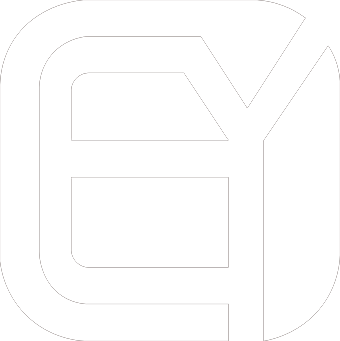What Are The Parts of The Milling Machine?
Milling machines are powerful tools used to remove material from a workpiece to create complex shapes, contours, and features with high precision. They utilize rotary cutters to perform a variety of machining operations, including facing, slotting, drilling, and profiling. From small-scale workshops to large-scale manufacturing facilities, milling machines are indispensable in a multitude of industries. Let’s explore the various parts of a milling machine, their functions, and their contributions to the machining process.
Essential Parts of a Milling Machine
Base
The base serves as the foundation of the milling machine, providing stability and support for other components. Typically made of cast iron or welded steel, the base ensures rigidity and vibration damping during machining operations. Its flat surface facilitates accurate alignment of other machine components and workpieces.
Column
The column is a vertical structure mounted on the base, supporting the other major components of the milling machine. It houses the spindle assembly, motor, and control mechanisms, providing vertical movement for the cutter and workpiece. The column’s robust construction ensures stability and precision during machining operations.
Spindle
The spindle is a critical component of the milling machine, responsible for holding and rotating the cutting tool. It is mounted vertically or horizontally depending on the machine type and configuration. The spindle speed can be adjusted to accommodate different materials and cutting requirements, ensuring optimal machining performance.
Knee
The knee is a vertically adjustable component mounted on the column, allowing for precise positioning of the worktable and workpiece. It provides vertical movement along the column’s length, enabling depth control during milling operations. The knee also houses the saddle, which supports the table and facilitates horizontal movement.
Saddle
The saddle is a horizontal component mounted on the knee, supporting the worktable and workpiece. It provides longitudinal movement along the length of the table, allowing for accurate positioning of the workpiece relative to the cutter. The saddle can be manually or automatically controlled, depending on the milling machine’s design.
Table
The table is a flat, rectangular surface mounted on the saddle, providing support for the workpiece during machining operations. It can be adjusted vertically, horizontally, or both to facilitate precise positioning and movement. The table may feature T-slots or other clamping mechanisms to secure the workpiece in place during milling.
Cutting Tool
The cutting tool is the heart of the milling machine, responsible for removing material from the workpiece to create desired shapes and features. Common types of milling cutters include end mills, face mills, and ball mills, each suited to specific machining applications. The choice of cutter depends on factors such as material type, part geometry, and surface finish requirements.
Control Panel
The control panel houses the machine’s control mechanisms, allowing operators to adjust parameters such as spindle speed, feed rate, and tool path. Modern milling machines may feature digital readouts, CNC (Computer Numerical Control) systems, or other advanced control technologies for enhanced precision and automation.

